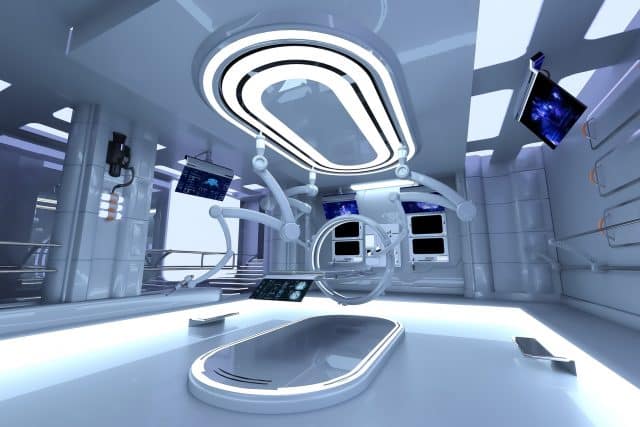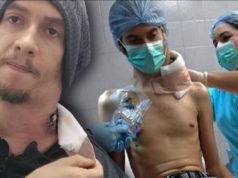Early findings of a new clinical trial suggest that cryoablation could be an alternative to surgery in patients with low-risk breast cancer. The study was led by Dr. Kenneth R. Tomkovich, radiologist at Princeton University. Three-year data showed that the cryoablation success rate was more than 98%.
What is cryoablation?
 Cryoablation involves placing a probe into a cancerous tumor in a tiny skin incision while the patient is under local anesthesia. Physicians use high-definition ultrasound and mammography images to guide the probe and fill it with liquid nitrogen. After an 8-minute freeze cycle, the tumor is surrounded by an ice ball that treats the cancer. It is then thawed out and given one more 8-minute freeze cycle to completely eradicate the cells. The entire procedure is over in less than an hour and the patient can return to normal activities once it’s over.
Cryoablation involves placing a probe into a cancerous tumor in a tiny skin incision while the patient is under local anesthesia. Physicians use high-definition ultrasound and mammography images to guide the probe and fill it with liquid nitrogen. After an 8-minute freeze cycle, the tumor is surrounded by an ice ball that treats the cancer. It is then thawed out and given one more 8-minute freeze cycle to completely eradicate the cells. The entire procedure is over in less than an hour and the patient can return to normal activities once it’s over.
Hows is cryoablation different from current breast cancer protocols?
Right now, patients with low-risk breast cancer will typically undergo an invasive surgery before receiving chemotherapy or radiation. The cryoablation technique would replace the surgery, or lumpectomy, portion of the protocol.
Clinical Trial Details

The study aims to determine whether the cryoablation surgery can be as successful as the lumpectomy at removing the cancer. It first began four years ago using patients ages 65 and older, but later included patients 60 years and older. Patients in this age group often have additional diseases and are hesitant to undergo surgery. The study’s participants had to have a tumor that was 1.5 cm or smaller, invasive, low-grade, stage I, and luminal A. Patients could not have triple-negative breast cancers or extensive ductal carcinoma in situ since it is difficult to visualize with an ultrasound.
The study is still in its early phases, but so far, the patients have responded well. There have not been any adverse side effects so far. Currently, the team is trying to determine how they can best follow up with the patients to ensure that the cancer is gone. Many researchers wonder how doctors can determine this if they don’t physically remove the lump in a surgery. Tomkovich says that using mammography, they are working to understand how imaging reflects the results of this new protocol.
The team anticipates that concrete results from the study will be available in 2022. If they continue to be as promising as the preliminary results, it’s likely that cryoablation will be viable alternative to surgery in these low-risk breast cancer patients.


























